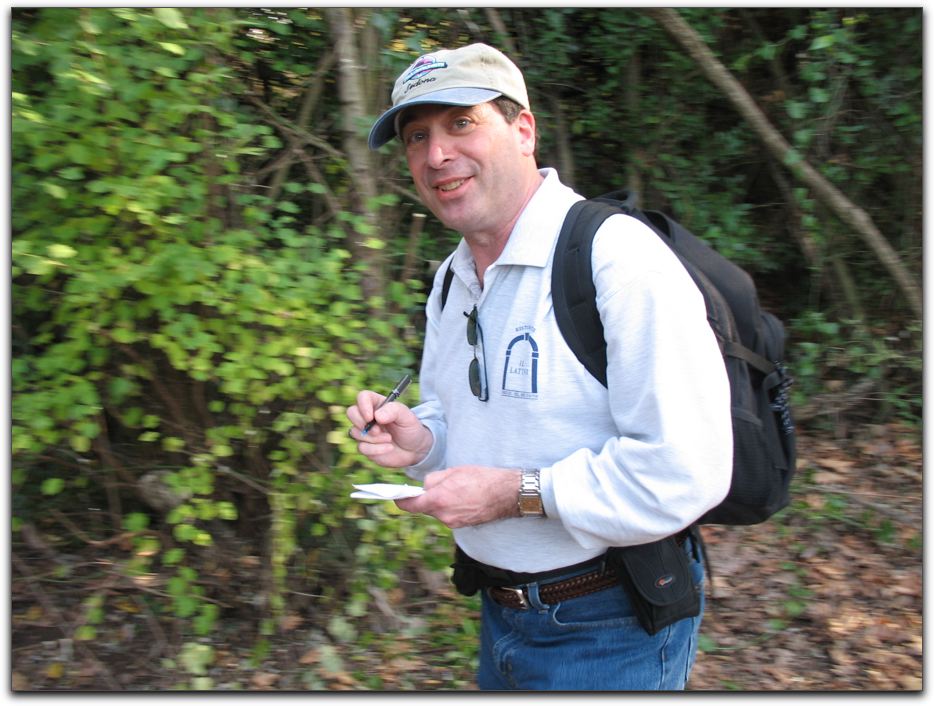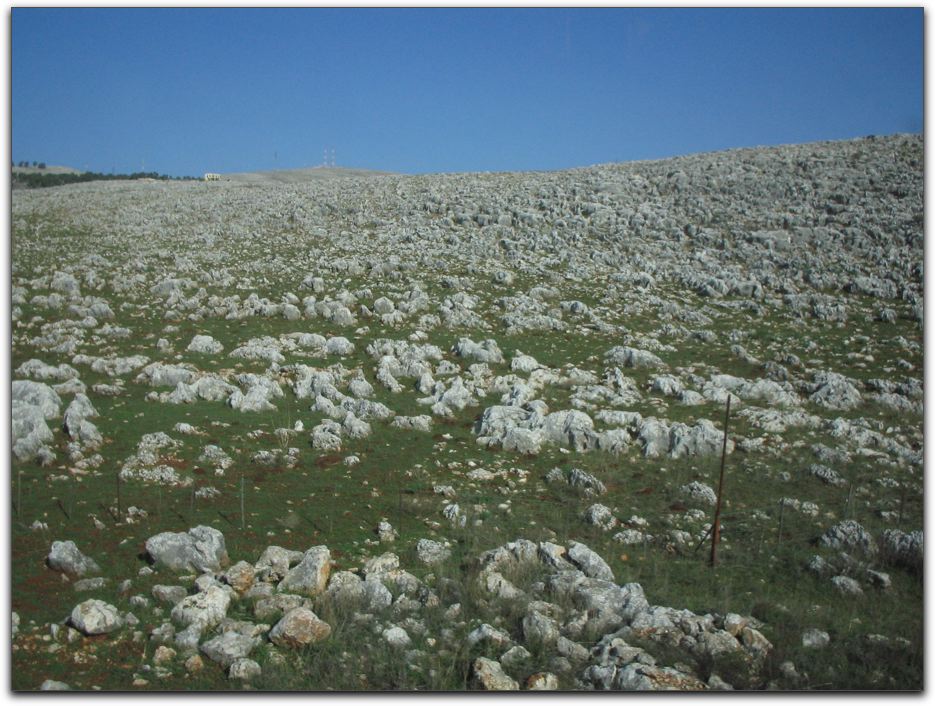
a result of between the trees eventually being cut for railroads by the Turks; herds of goats also helped produce this change.
Our day began with breakfast in the dining room of hotel at Nof Ginosaur Kibbutz – breakfast selections included made-to-order omelets, fruits, salads, herring, cheeses, and even squeeze your own grapefruit juice. The hotel while comfortable didn't offer the amenities found in the Tel Aviv hotel. Some of the breakfast discussion focused around the intricacies of adjusting the 4 knobs to get the shower to work. The engineers in the group didn't seem to have a problem with this – while we may be geeks – at least we are clean geeks!
We boarded our bus for a day of touring the Upper Galilee; our first stop would be Safed (also known as Tzfat). Shortly after leaving the hotel we were passing the Kibbutz’s banana plantation. Continuing up the highway we passed the main Israeli pumping station on the Sea of Galilee (Kinneret in Hebrew). The Sea of Galilee is a fresh water lake that supplies most of the drinking water for all of Israel.
The road started to head up in elevation and the curves let us see panoramic views of the Sea of Galilee. This road that was built in the 1970’s stretched across hills that were originally forested during biblical times. However, the hills are now mostly rock outcropping;

a result of between the trees eventually being cut for railroads by the Turks; herds of goats also helped produce this change.
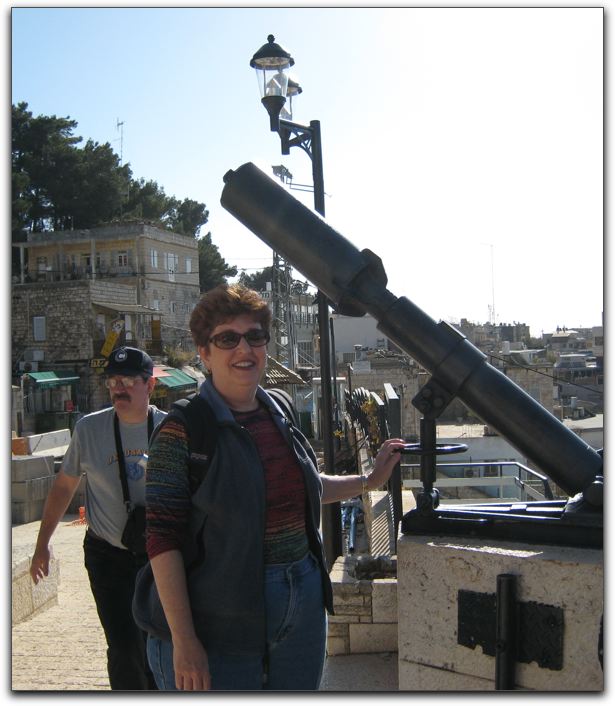
We continued walking and Walter pointed out an old Olive tree – its center had died long ago – but two large branches growing out from the dead had become a large tree – it is now one of the more famous (and oldest) trees in Israel.
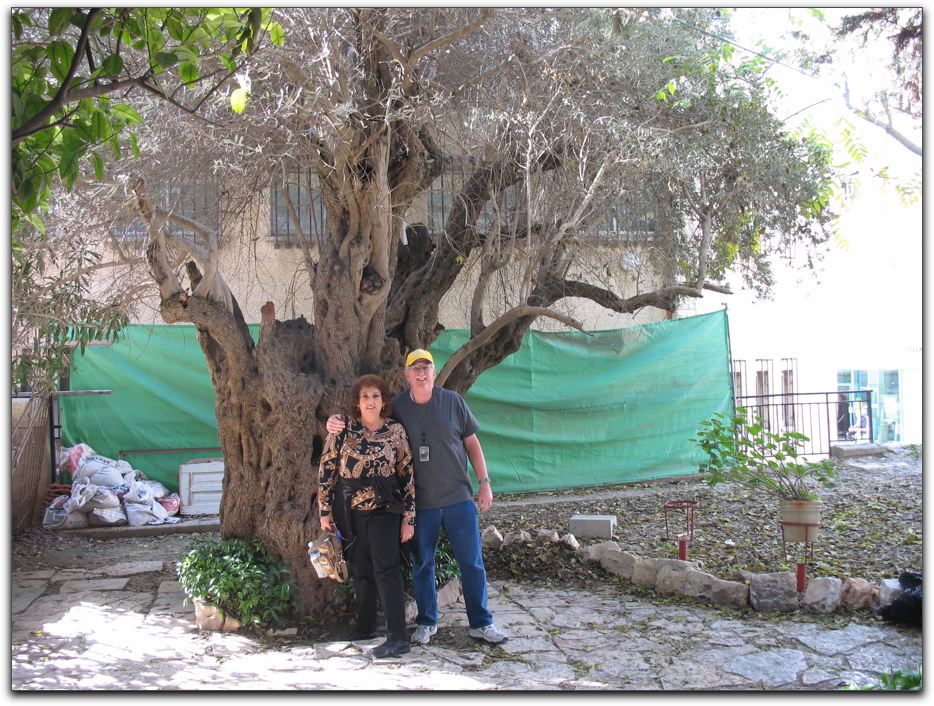
Leslie & Al Morrison at the ancient olive tree.
We now entered the “Jewish Quarter” – while is now mostly abandoned, the Government has restored the streets and added street lighting. We then entered Synagogue Ha’Ari which dates back to the 16th Century and is a classic Ashkenazi synagogue. The Synagogue had a beautiful Ark with exquisite wood carvings.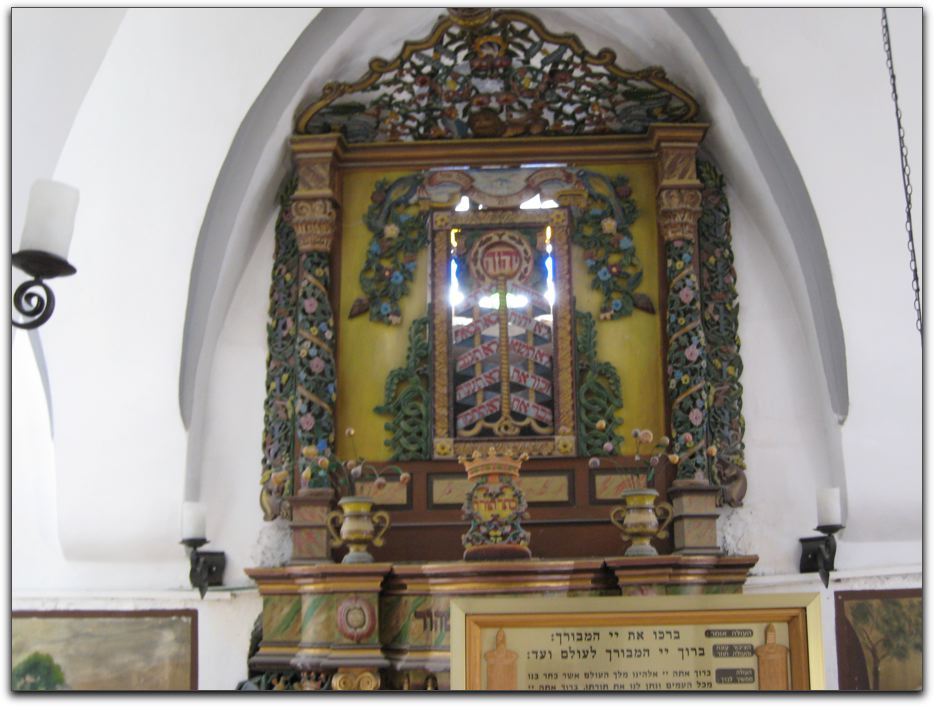
Walter explained how in the 16th Century Safed got lucky and there was an amazing concentration of intellect and talent and many Jewish practices originated there including the creation of L’Cha Dodi. Upon leaving the Synagogue we all left Tzedakah.
Strolling down the street we came to Safed Candle Factory where an amazing collection of candles and Judaica was on display. Most of us couldn’t resist buying many pretty items and we left the store with numerous bags to carry home. We continued on to the Artist’s Colony – once the Arab Quarter. Beautiful artwork, jewelry, and handmade Talitot were found in various small shops. In particular, Janice and Ira purchased a Talit for their future son-in-law; Debbie, Sheila and Phyllis added to their jewelry collection.
We boarded the bus and started to drive to our next stop, Rosh Pina which means cornerstone. On our way out of the Jewish Quarter we noticed that the last building in town was heavily pockmarked from being shot at during the War of Independence. On the way to Rosh Pina we drove up Mount Caanan and could see some remnants of a Crusader castle. We reached Rosh Pina and just as in the Diaspora, we all went in many different directions in search of the “Promised Food”. Within a 3 block radius were many restaurants where we had our choice of falafel, shawarma, hummus, pizza, salads, etc. Phyllis, Howard, Judy, Walter, Libbe, Loren picked falafel and it was delicious. An IDF base is close-by and many young Israeli soldiers were also enjoying falafel.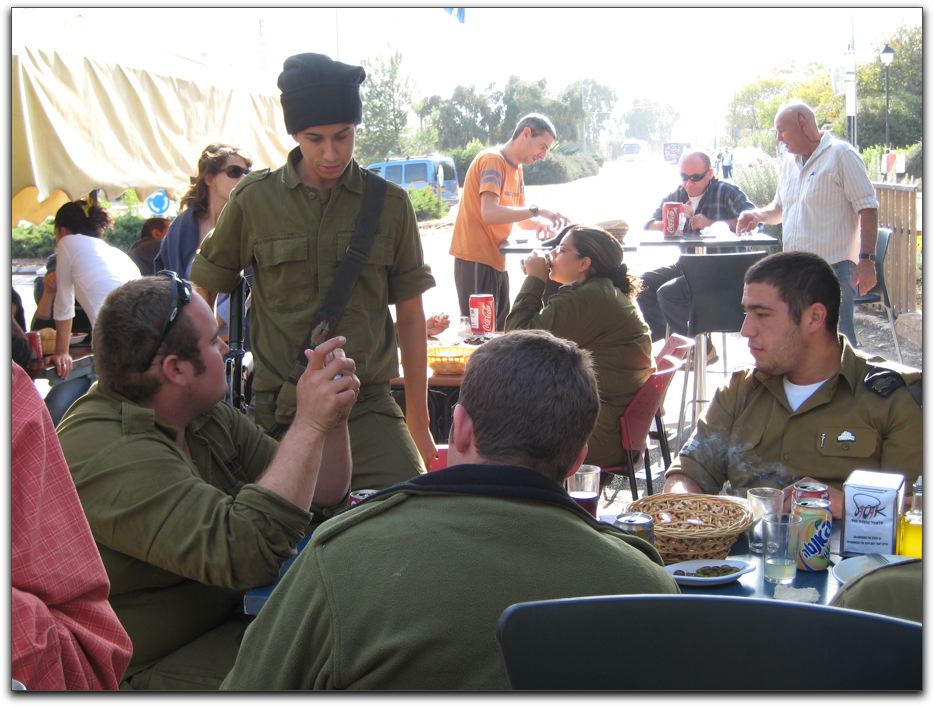
Once again we boarded our bus and started to drive to Tel Dan which is in the far north of Israel and located close to the border of Lebanon; and Syria isn’t too far to the east. We passed some cotton fields; once a big cash crop for Israel; but that is no longer the case as China now produces less expensive cotton. We entered the Tel Dan Nature Preserve and started along the paths – Walter led us along the normal route in – however, some workman stopped us before tree limbs they were cutting dropped to the ground. Walter led us along a safer path and we could hear the rushing water of one of the three tributaries that creates the Jordan River. 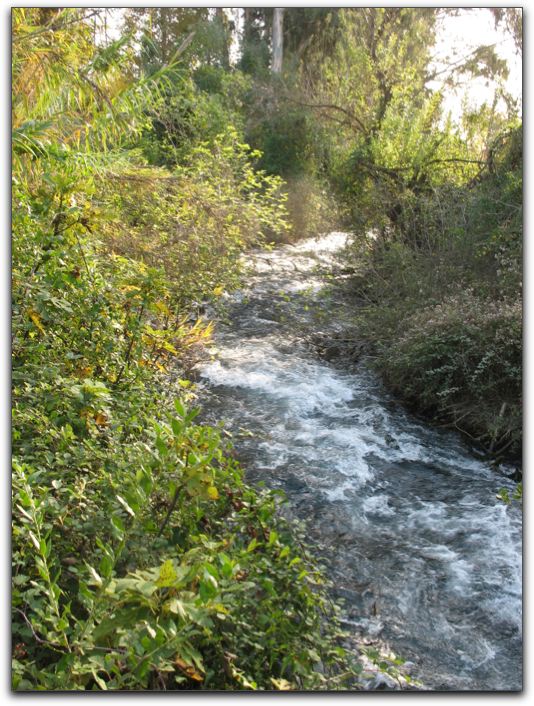
We then went along a footbridge and could stand at the water’s edge as the Dan Tributary rushed past us.
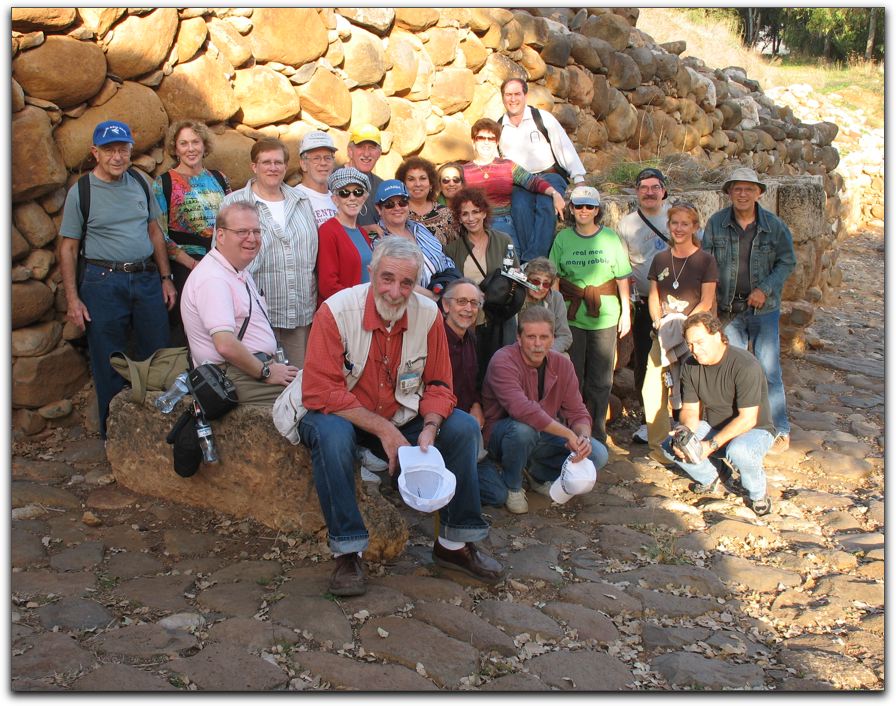
We continued walking through the archaeological wonder of the Dan Nature Preserve – the most well preserved Tel in Israel. We walked through the upper gate house of Dan and we viewed an archaeological pit where we could see seven distinct layers of different civilizations!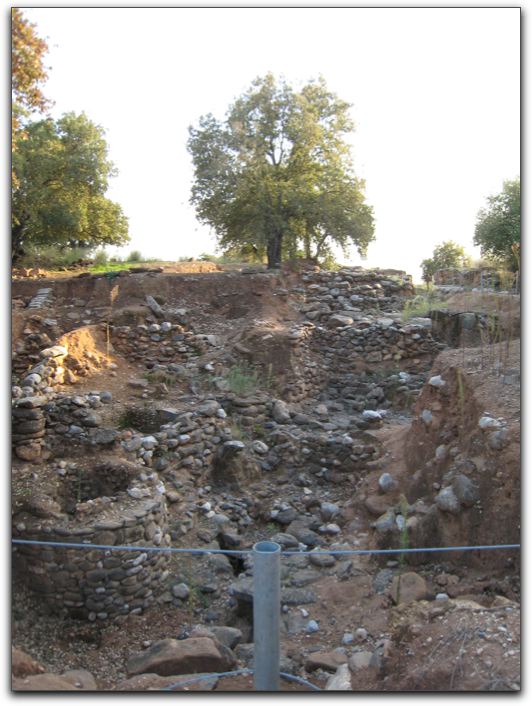
We then came to the ruins a temple including an altar for sacrifices; and then a number of steps above that a stone platform we more commonly refer to as the B’mah. All of us ascended to the B’mah where we couldn’t resist taking pictures of each other with a Lebanese city up the hill in the background.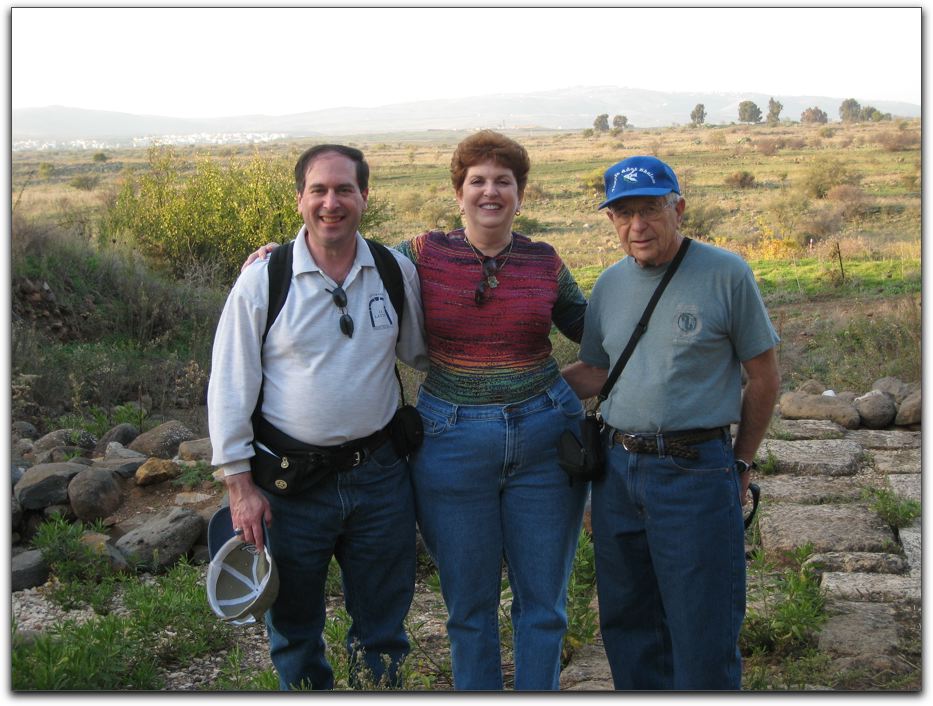
Howard & Phyllis Levin and Sid Bernsen with Lebanon in the distance.
Upon walking further around the “City” we reached the Caananite Gate – the “Gate of Three Arches” dating from the 18th Century B.C.E; truly an amazing sight to see: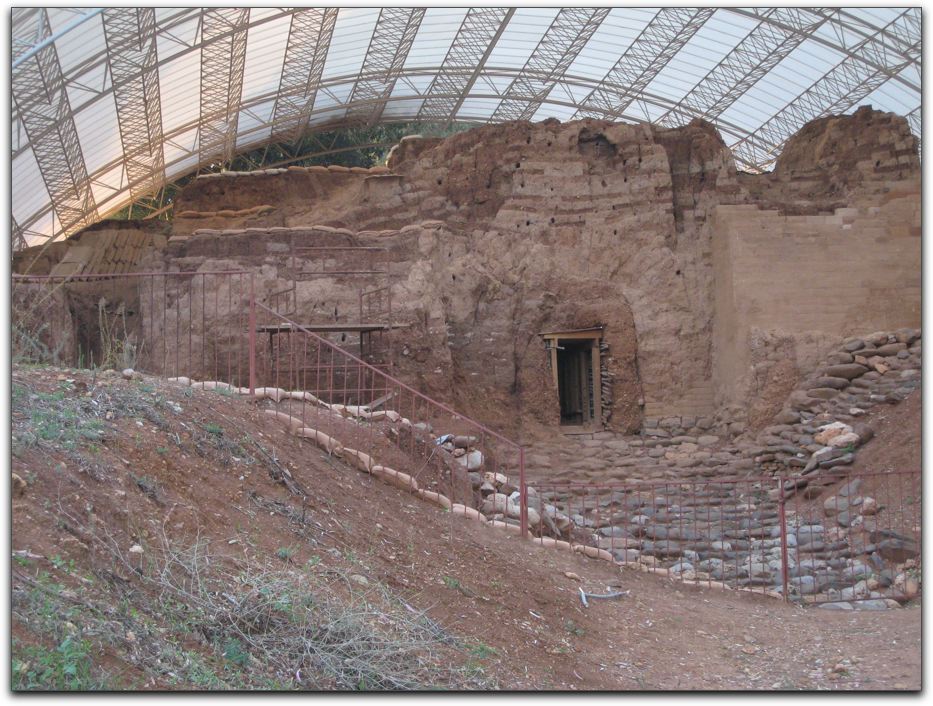
Once again it was back in the bus; but this time to return to our hotel. However, we took a different route along the Jordan river and when some of us noticed the Naot shoe factory store: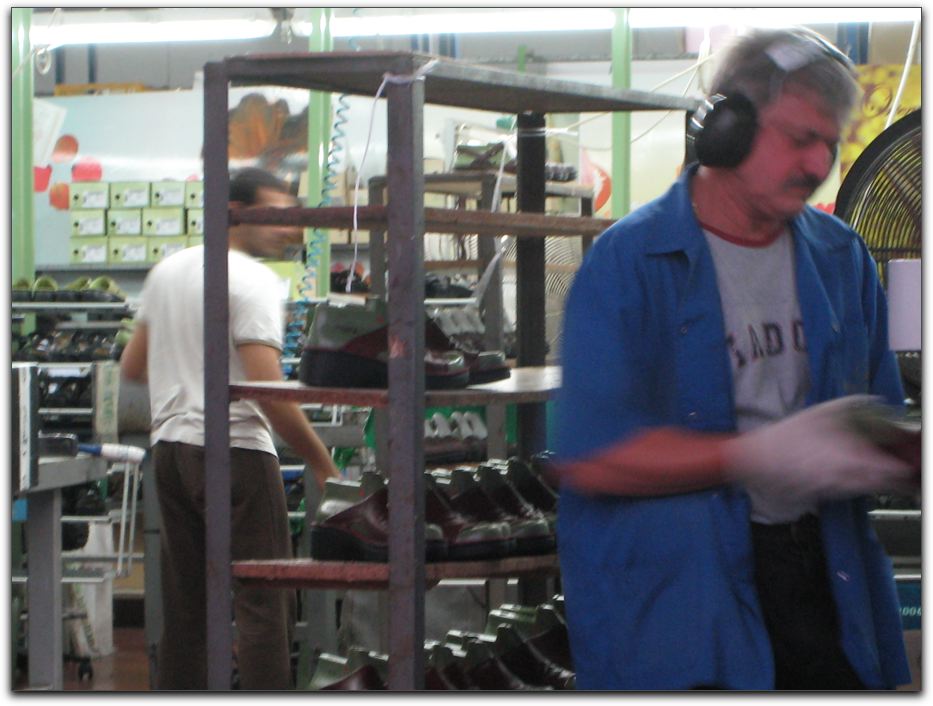
Walter along with our driver agreed to stop and give us 30 minutes to look in the store. There was a mad rush – much like a Nordstrom sale and many lucky ladies left with one or two pair of Israeli shoes. While they sold men’s shoes also – there were no takers (except that Bob Goldstein bought a good hat)!
Finally we returned to the bus and drove back to the hotel. Just for us, in honor of the American Thanksgiving, the hotel dining room had added sliced turkey to their menu for dinner. We all had our Thanksgiving dinner – dining on more typical Israeli fare plus the turkey. Led by Rabbi Mark, we all expressed thanks for what we have – and for the good fortune of being together on this wonderful trip to Israel.
After dinner, many of us got back on the bus for a short ride into Tiberias. Tiberias is a town of about 40,000 people and is a seaside town on the Galilee. Our first stop was the Capris Diamond showroom. Lots of glitter, baubles, etc. Not to be sexist; but the women were delighted – the men – not as interested. A number of women found some beautiful items to buy; the rest enjoyed looking. As for the men; let's just say we bonded in the lounge area. Perhaps this was the first meeting of the TAS Men's Club Tiberias Branch! After the showroom we strolled along the promenade on the Galilee eventually winding up at a local ice cream shop where we enjoyed some frozen treats. All in all a busy, fun, and very informative day.
